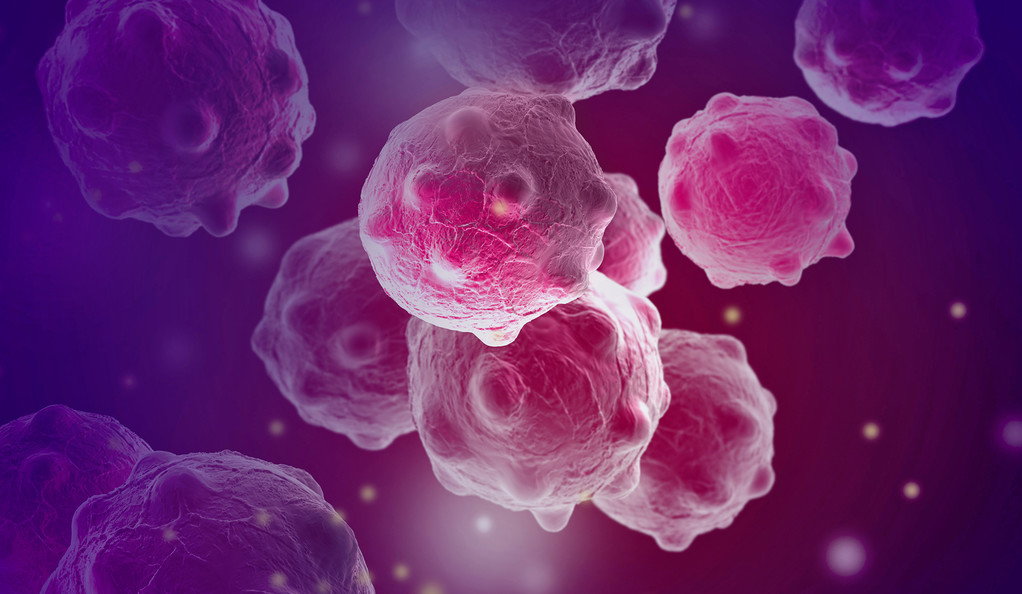Yale researchers discover reservoir of T cells involved in anti-tumor response
A new Yale study has discovered that a specific type of T cells is maintained in the tumor-draining lymph node throughout cancer progression.

Yale News
In a recent study, Yale scientists investigated how a specific subset of T cells can survive within a tumor’s microenvironment during the progression of cancer.
The research, which was a collaboration between the Joshi Lab and Yale’s Krishnaswamy Lab, was published in the journal bioRxiv on Jan. 27. The paper focuses on T cells, which are a type of white blood cells. The research looked at a specific subset of T cells called stem-like T cells that are found in the tumor-draining lymph node — a lymph node downstream from tumors — and can survive in a tumor’s microenvironment. According to the study, most T cells within tumors do not respond to immunotherapy, but these stem-like T cells appear to be an exception — their tumor-fighting abilities are boosted by immunotherapy and could lead to more effective cancer treatments.
“Recent studies showed that these therapies actually don’t work on all of the T cells in our tumors, just a specific subset of cells,” Kelli Connolly, a post-doctoral fellow at the Yale School of Medicine and first author on the study, said. “The inspiration behind our study was to figure out how this specific subset is maintained throughout the disease.”
According to the paper, tumors cause terminal differentiation and exhaustion in most T cells, which cause the T cells to become ineffective in fighting the tumor. Stem-like T cells are precursors to exhausted cells and can undergo an alternate differentiation trajectory, which enables them to more effectively fight the tumor. It has been unclear, however, how this specific subset is able to survive throughout the progression of the disease.
In order to study the stem-like T cells, Connolly explained, the Joshi lab used mice that were genetically engineered to be able to grow tumors by Nikhil Joshi, the head of the Joshi lab. The lab then injected the mice with drugs that initiated tumor growth to investigate the T cells’ response to them.
“The key thing that distinguishes what we do from what a lot of other people do is that we take something that doesn’t have a tumor, and we make a tumor de novo which is what happens in a person,” Joshi said. “Most people take tumor cells that are growing in culture and then put them into the mouse.”
According to Joshi, the lab’s method of creating tumors in mice is a better model of what actually happens when cancer takes over a person’s body. Cancer develops in people over long periods of time, but when tumor cells are transplanted into an animal, a tumor develops almost instantly.
The fast appearance of the tumor means the immune system has to respond to it very quickly, and there are only a couple of weeks where scientists can study the response, Joshi explained. The animal models the lab used, however, allowed them to start understanding the long-term dynamics behind the body’s response to tumors — which are very different from responses to short-term interactions, Joshi said.
The study explains that the movement and behavior of the subset of T cells were tracked throughout tumor development.
The Krishnaswamy Lab, which specializes in computational biology, helped analyze the data collected. According to Aarthi Venkat GRD ’25, a researcher in the lab, the team used trajectory analysis to study the T cells.
“We were able to show that the draining lymph node stem-like T cells were actually the developmental precursors to these more differentiated intratumoral T-cells,” Venkat said. “But the cells in the lymph node actually remained developmentally stable over the disease course.”
Venkat said this indicates that the lymph node maintains a reservoir of the stem-like T cells, which are responsible for protecting the overall T cell population from terminal differentiation and exhaustion.
According to Connolly, the study found that the subset of stem-like T cells — a precursor of the more exhausted T cells — are maintained in draining lymph nodes outside of the tumor microenvironment. These cells within the tumor-draining lymph nodes, unlike intratumoral cells, do not become exhausted.
“This suggests that even patients who don’t have T cells in their tumors that are going to respond to therapy may have T cells within the tumor-draining lymph nodes that have a great capacity to respond to therapy,” Connolly said.
Joshi explained that, as of now, most of the focus in the field of tumor immunology is on the tumor, rather than the tumor-draining lymph node.
According to Joshi, their study shows that this subset of T cells in the draining lymph node is very stable over long periods of time. The stability indicates that the lymph node may be a very important site therapeutically.
“I hope that as a field we start thinking about tumor-draining lymph nodes in a slightly different way,” Connolly said.
Connolly said the new information on the subset of T cells could lead to the development of new therapies. Rather than targeting the tumor itself, therapeutic strategies that target this specific population of cells may result in a stronger anti-cancer effect than existing therapies.
According to the National Center for Biotechnology Information, approximately 400 billion T cells circulate in the adult human body.
Kaitlin Flores | kaitlin.flores@yale.edu







